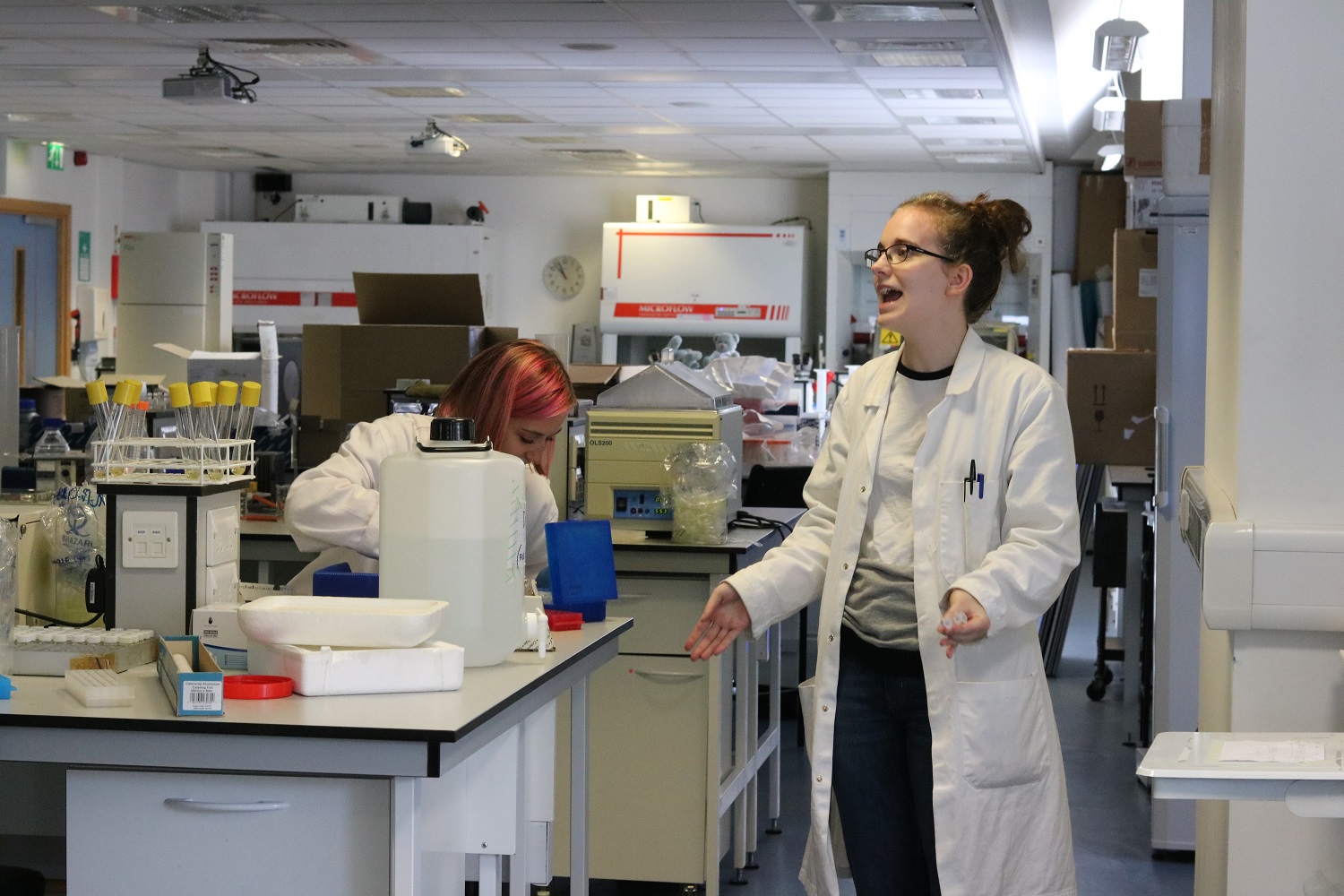Contents
Overview
Fluorescence is a commonly used method for detecting and quantitating gene expression. The InterLab aims to create a more uniform way of measuring fluorescence so that results from different labs can be compared. The results in this study will be collated with all other results for the InterLab study by iGEM HQ. From the results, it is seen that J23101 is the strongest promoter followed by J23106 and J23117 being the weakest, and B0034 is the stronger of the two ribosome binding sites with J364100 being the weaker. Additionally, it appears that plasmid dimerisation can greatly affect the results when studying gene expression and should be screened for and avoided. Finally, there seems to also be a difference between fluorescence values measured in Escherichia coli strains NEB5α and DH5α.
Aims
- Aim 1
- Sub-aim 1
- Sub-aim 2
- Aim 2
- Sub-aim 1
- Sub-aim 2
Materials and Methods
Condition set up
Sample preparation
- 1
- 2
- 3
Results
Discussion
References
- ↑ Kiliç, A. O., Pavlova, S. I., Ma, W. G. & Tao, L. 1996. Analysis of Lactobacillus phages and bacteriocins in American dairy products and characterization of a phage isolated from yogurt. Appl Environ Microbiol, 62, 2111-6.



